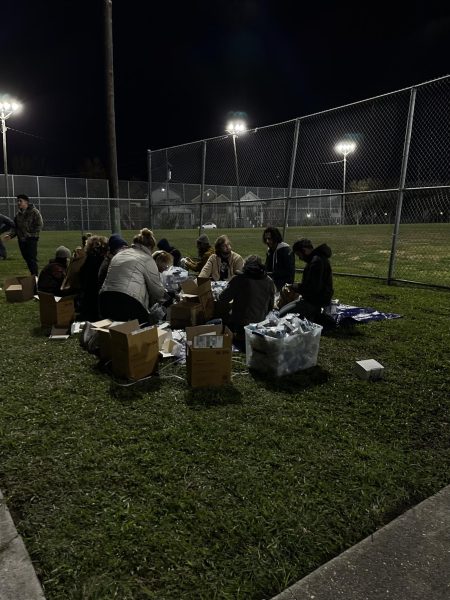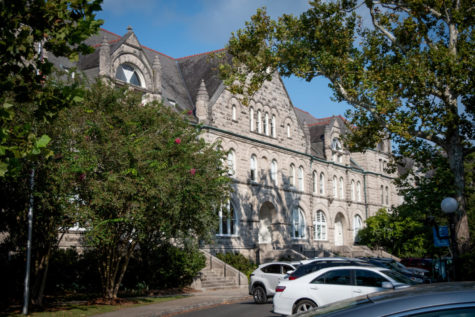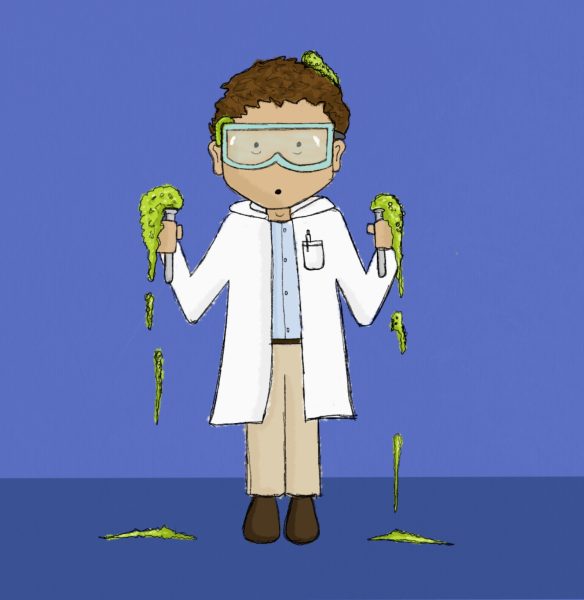Pass the Green: Tulane’s Cannabis Dilemma
November 17, 2022

There’s something deeply troubling about Tulane University’s cannabis culture: it’s rooted in a passionate tangle between our lively party scene, white privilege and a distinct lack of resources for those who wish to — more safely — smoke some grass.
While printed flyers are distributed across bathroom stalls and residential halls to coach our freshmen through their first hangover, — shout-out Pedialyte — there’s an increasingly urgent need for cannabis harm reduction strategies on campus.
Education is critical to proactively address the risks associated with the responsible acquisition, consumption and legal implications of cannabis use. A notable, yet limited, federal law at this time prohibits students attending a university which receives federal financial aid from using marijuana on campus. Students who attend a university that receives financial aid from the federal government are “barred from using cannabis,” and “colleges and universities who accept these federal funds must remain compliant with the Drug-Free Schools and Communities Act.”
This means that use or possession of cannabis, in any form, or possession of any paraphernalia, would never be tolerated on campus unless federally legalized and constructed with a framework of supportive policy from campus authorities due to the H.R.3614 Drug-Free Schools and Communities Act Amendments of 1990.
It is unlikely that many Tulane students have studied and mastered a method to securely and more safely engage with reputable dealers. This trend is concerning in light of a recent rise in the availability of drugs — like fentanyl — which raise the toxicity risk of recreational and party drugs.
Additionally, arrests made on simple marijuana possession in New Orleans disproportionately incarcerate Black people. The American Civil Liberties Union released a report that illustrated “Black people are 3.4 times more likely than white people to be arrested for marijuana possession in Louisiana, despite comparable national marijuana usage rates.”
Regardless of its often liberalized, adventure-seeking crowd, Tulane University maintains a strict ban on marijuana possession on campus regardless of medical status. Yet, it seems that Tulane does not publicly address the specific consequences of marijuana possession compared to more endangering drugs — like narcotics — outside of a case-by-case basis.
Researching and distributing harm reduction materials will help start more significant conversations on campus about Nixon’s “War on Drugs” and the communities disproportionately punished as a result. Additionally, these bans have nearly halted research on the therapeutic and medical use of psychoactive drugs. In 1970, the Controlled Substances Act was enacted into law by Congress. The CSA is the federal U.S. drug policy under which the manufacture, importation, possession, use and distribution of certain substances are regulated. This legislation is a keystone in the very foundation upon which the modern drug war exists, including a substantial effort to prevent the production and distribution of marijuana.
Harm-reduction strategies for marijuana consumption are imperative, especially in a city with skyrocketing violent crime rates and a burgeoning narcotics trade. Every interaction with a dealer — and every bud consumed — poses a risk, especially if the product is laced with a more sinister drug like MDMA, cocaine, fentanyl or heroin. While cheap, synthetic alternatives like K2 or spice are incredibly unpredictable, addictive and can cause users to overdose quickly and result in fatality. Further attention and outreach strategies are necessary to assist Tulane students in avoiding harm when buying and consuming marijuana.






















Leave a Comment